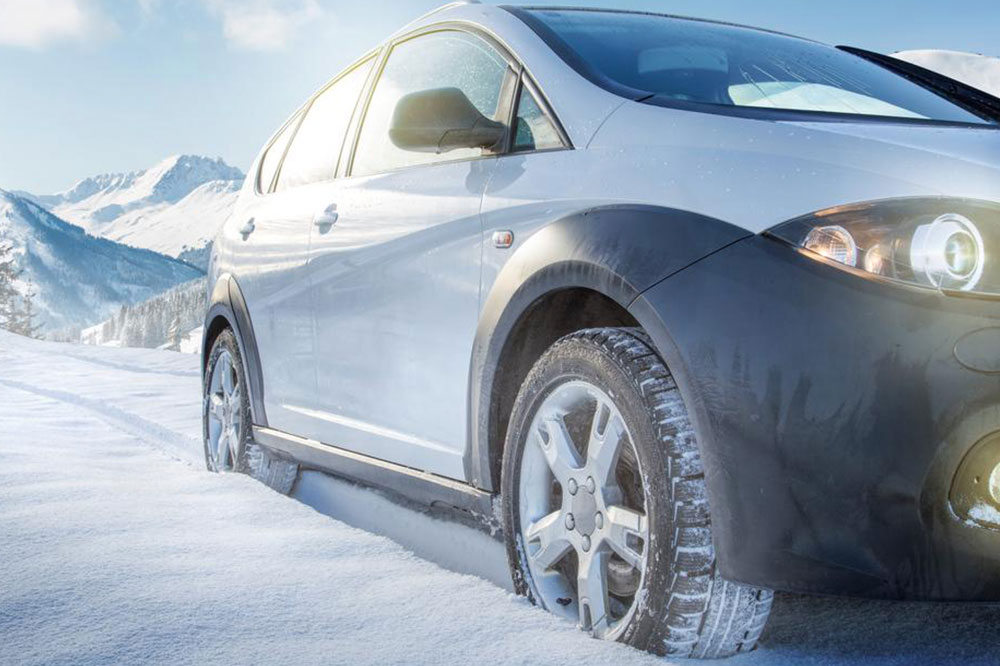
6 Proven Car Tire Safety Tips for Winter
Driving during the winters is tough, given the slippery conditions of the road, making maneuvering a challenge. Cold weather conditions like snowfall and ice significantly affect your car’s ability to grip the road properly, with low traction leading to unexpected problems. So, the first thought to strike the mind while considering driving in winter is the tires. Playing in snow and ice can be exciting, but are dangerous conditions for driving.
You need to install winter tires, designed specifically for cold-weather conditions that deliver enhanced traction and improved grip with optimum steering control. The tread of winter tires are softer and more flexible that provide superior traction in colder temperatures. Numerous extra gripping edges added to the tires are an important part of winter ar tire safety. The additional grip gives up to 50% increase in traction compared to all-season tires. Check out these tested and effective winter car tire safety tips to get enhanced grip on the roads:
Check the Pressure
Tire pressure significantly affects your car’s braking and maneuvering abilities. Read your car’s manual to know the optimal tire pressure depending on the range. Hot and cold conditions can cause fluctuations in the readings. So, let your car rest well before you check the pressure. Cold weather can decrease the pressure with every 10-degree temperature drop. You can also visit the service center for checking.
All Four Tires Are Important
Whether your car is an all-wheel drive, front-wheel, or rear-wheel drive, installing all four winter tires is important. If you only install the front or the back set of tires, it becomes dangerous for driving, and you won’t get proper handling and control. All four tires will not work together, and is a potential risk for vehicles going out of control.
Check the Tread
The right treading is critical for winter tires to ensure safe driving. Ensure the tread is at least 2.5 inches deep, and check the circumference to see if there is any uneven treading. Also, winter tires with a single-dimensional tread pattern are effective in pushing away snow and ice. These tires have special compounds to sustain extreme low temperatures.
Avoid Mixing Tire Types
An extremely important aspect of Winter Car Tire Safety is to avoid installing different tires on your car. Installing tires with different tread patterns, varying internal construction, and different sizes adversely affects the performance of the and stability of your car.
Choose Only Winter Tires
Make sure the tires you choose are specifically and solely designed for winter conditions. They should have features like soft stud tread fibers for enhanced flexibility, and micro pore compounds to ease through water film.
Drive Safely and Responsibly
Among all the winter car tire safety points, this one sits at the top. Driving conditions in winter are extremely dangerous and reckless driving can invite life-threatening troubles. Remember, braking takes longer, so slow down and increase your stopping time and distance. Whether its an all-wheel drive or a 2-wheel drive, drive cautiously and responsibly.



